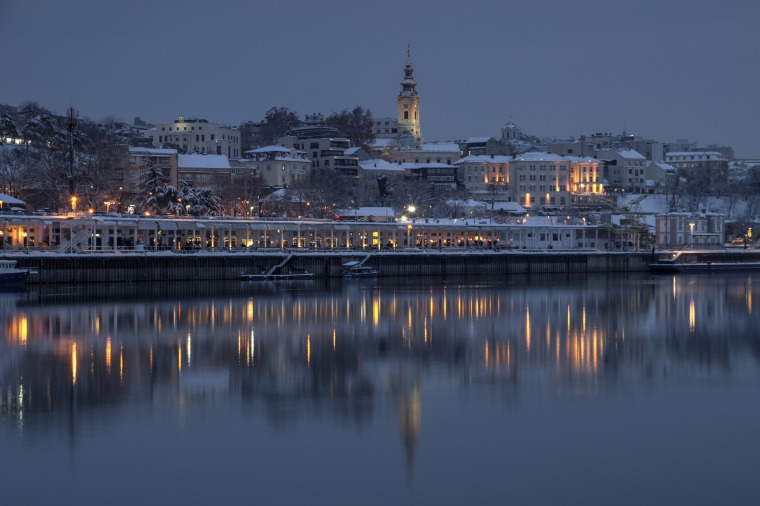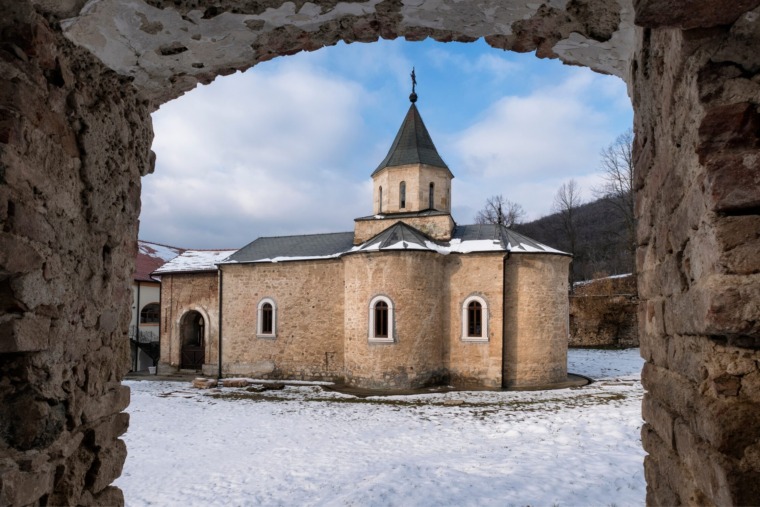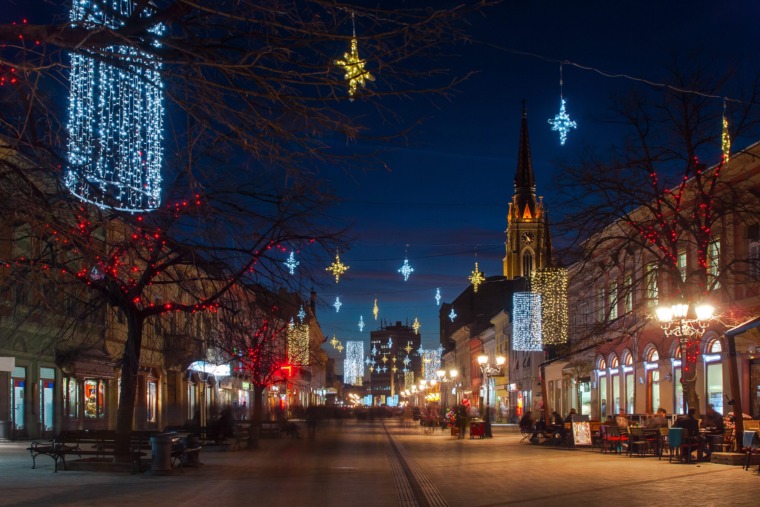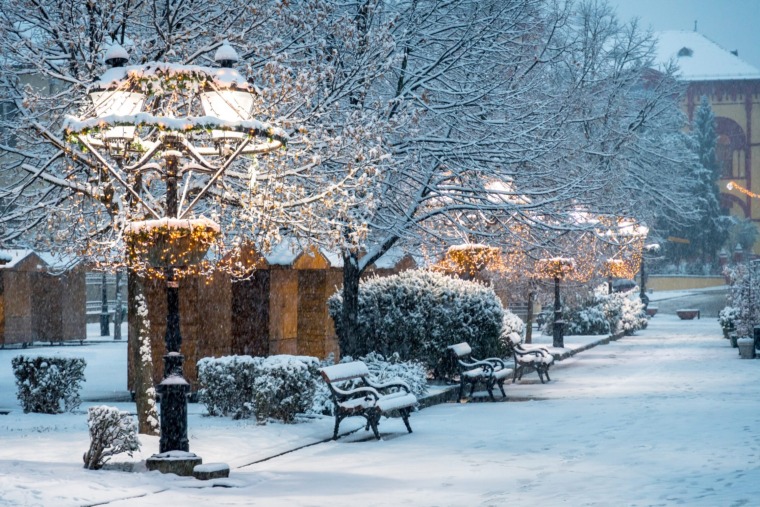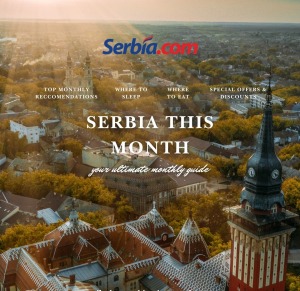
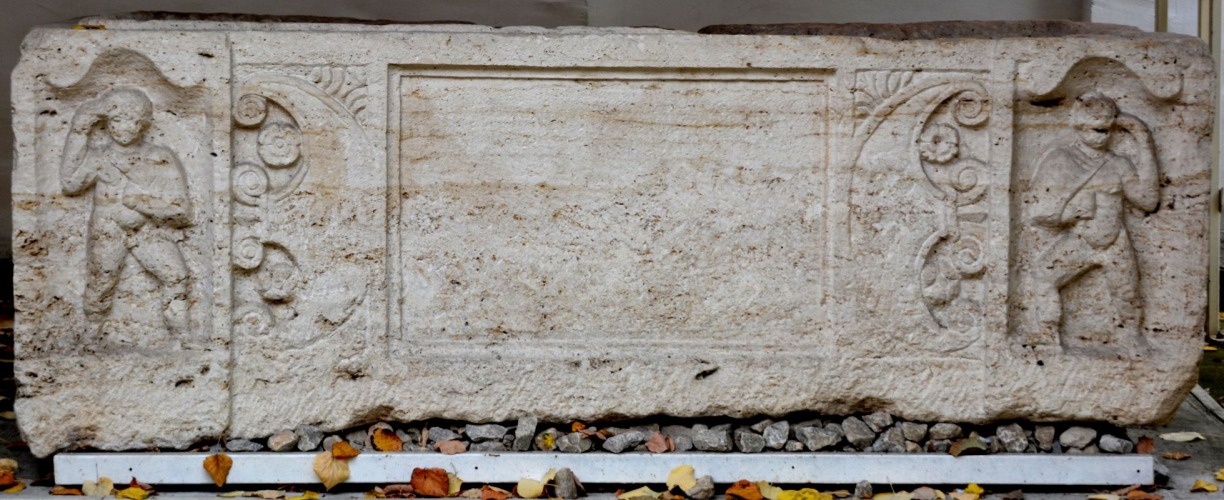
The sarcophagus in Ruma is one of the most significant and striking exhibits in the archaeological collection of the Zavičajni Museum of Ruma. This exceptional piece of Roman art and culture, discovered at the Petrov Dvor site near the village of Voganj, offers a profound insight into the past and the richness of Roman civilization in the territory of modern-day Serbia.
Dating and Historical Significance
The sarcophagus dates from the late 3rd century to the first half of the 4th century, a time when the Roman Empire was at its peak, and artistic styles were heavily influenced by the imperial court. For many historians and art enthusiasts, this sarcophagus is important not only because of its artistic value but also as a testament to the sophisticated culture and skills of the craftsmen of the period.

It is believed that this sarcophagus was used for the burial of someone from the upper echelons of society, reflecting the prominence of the local community within the Roman Empire.
Description of the Sarcophagus
Made of stone, the sarcophagus has survived relatively well, although it shows signs of wear due to the passage of time. On the front side, the sarcophagus is adorned with intricate decorative features, divided into three main fields. At the center is a rectangular inscription field, which, although partially lost, likely contained important details about the deceased or their family.
Ornaments and Symbolism
The sarcophagus is rich in decorative elements. On the front, two genii — divine figures — can be seen at either end, representing protection and good fortune. In Roman culture, the genius was often seen as a guardian spirit, associated with the well-being of individuals and families. The presence of these figures suggests that the deceased was someone of importance, and the genii were placed to guard their final resting place.

The most notable feature of the sarcophagus is the presence of pelta-shaped ornamental forms between the genii. Each pelta is decorated with two rosettes, creating a total of four rosettes on the front of the sarcophagus. The rosette motif, common in Roman art, symbolized the sun’s rays and divine protection. The pelta-shaped forms that separate the genii are thought to have had ritual or symbolic meanings, possibly related to light and the soul’s journey after death.
Additionally, the corners of the niche where the pelta ornaments are placed are decorated with leaves, symbolizing nature’s cycles of life and death. Whether this represents fertility or the eternal cycle of life, it adds depth to the sarcophagus’ overall symbolism.
Interestingly, the sides and back of the sarcophagus are not decorated, which is unusual for Roman burial art and suggests that this sarcophagus was primarily meant to be viewed from the front.
Significance for Local History
The sarcophagus from Ruma is not only a valuable find for understanding the local history of the region but also sheds light on the widespread influence of Roman culture in the Balkans. Given that it was found near Vogaњ, an area that was part of Roman territories, the sarcophagus is an important artifact that connects the local area to the broader Roman world. It serves as a clear reminder of the thriving civilization that once controlled this land.
Exhibition and Preservation
Today, the sarcophagus is housed in the lapidarium of the Zavičajni Museum of Ruma, where it is preserved for future generations. Unfortunately, the lid of the sarcophagus has not been found, which leaves room for speculation about its original design and how it was structured. Despite this, the sarcophagus remains a remarkable example of Roman craftsmanship, and visiting the museum provides a unique opportunity to experience history firsthand.
Final Thoughts
The sarcophagus from Ruma is not just an archaeological artifact, but a bridge between the past and the present. Every rosette, spiral, and divine figure tells the story of life and death in the Roman Empire. While the details of its origin and original use may remain a mystery, its beauty and symbolism remain timeless. If you find yourself in Ruma, be sure to visit this museum gem and immerse yourself in the rich history that stretches back over centuries.
Related Articles


What to Do with Kids in Serbia: Family-Friendly Holiday Ideas
December 14, 2025
Winter Wine Escape: Serbia’s Most Beautiful Holiday Wineries
December 11, 2025